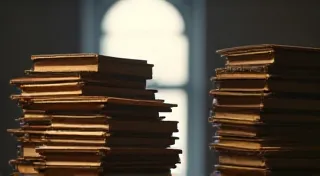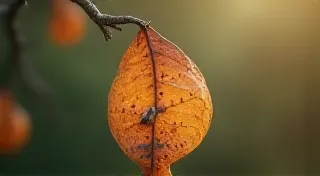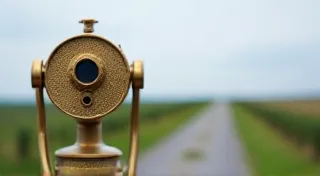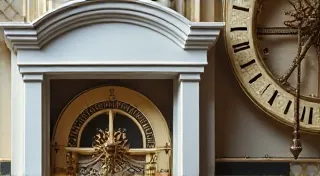The Ghosts of Letters: Typewriters and the Persistence of Memory
The clatter. It’s a sound so specific, so resonant, that it conjures a world far removed from the silent hum of modern technology. The clatter of a typewriter. More than just a mechanical process, it's the sound of thought being rendered tangible, of stories taking shape, of lives lived and documented. We often celebrate digital permanence, but there’s a peculiar poignancy in the physicality of a typewritten page, a fragility that makes it feel more precious, more infused with the essence of the person who created it. These machines, once ubiquitous in offices and homes, now hold a nostalgic allure, acting as silent witnesses to generations of correspondence, creativity, and ambition.
The journey of the typewriter is surprisingly complex, with numerous inventors tinkering with the concept throughout the 19th century. While Pellegrino Turri's machine from 1808 is often cited as an early predecessor, Christopher Latham Sholes, Carlos Glidden, and Samuel Soule are generally credited with creating the first commercially successful model in 1867. Their “Sholes and Glidden typewriter,” manufactured by E. Remington and Sons (famously known for sewing machines!), was a far cry from the sleek, electric machines that would follow. It was a quirky, cumbersome device, typing letters from left to right (a deliberate concession to avoid jamming the typebars, a surprisingly common issue!) and requiring considerable skill to operate. The initial reception was lukewarm, met with skepticism and a widespread preference for the elegant script of handwritten letters.
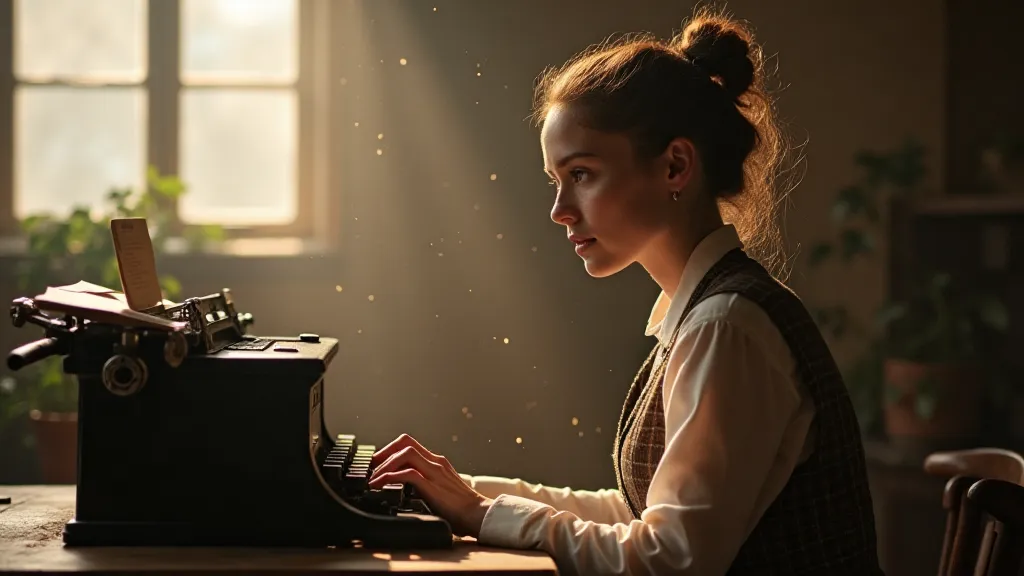
The Rise of the Machine: From Novelty to Necessity
However, the typewriter’s advantages soon became undeniable. It offered legibility that was often superior to that of even the most skilled penman, and it drastically increased the speed of document creation. Businesses quickly realized its potential, and by the late 1800s, the typewriter was becoming an indispensable part of the modern office. The demand fueled innovation. Companies like Underwood, Royal, and Smith Corona emerged, each vying for market share and pushing the boundaries of typewriter design. The QWERTY layout, initially a solution to mechanical jamming, became the standard, a peculiar legacy of those early limitations. The evolution wasn't always smooth; early models suffered from complex maintenance and frustrating quirks, but the core appeal remained. Interestingly, the evolution of mechanical layouts and their impact on typographic aesthetics is a rich and complex subject—one that goes well beyond the simple functionality of the QWERTY system, as explored in articles examining beyond the monospace mechanical typography.
The impact extended beyond the business world. Typewriters empowered women entering the workforce. Secretarial positions, largely filled by women, became vital, providing economic independence and a foothold in a male-dominated professional landscape. Authors, too, discovered the typewriter's appeal. While some initially resisted the “coldness” of machine-produced text, others embraced it for its efficiency and the distinctive look it imparted to their work. Ernest Hemingway famously claimed he could not write without his typewriter. The physicality of the keys, the deliberate strikes, seemed to force a certain rhythm and clarity into his prose. The repetitive nature of typing, and the resulting cadence it imposes, has been examined as more than just a functional element; some argue it fosters a specific kind of thought and even influences the overall rhythm of the writing—a phenomenon often described as a look at the psychology of typewriter rhythm.
The Craftsmanship and the Soul of the Machine
Consider the craftsmanship involved in creating a vintage typewriter. These weren't mass-produced, disposable items. Each machine was a testament to the skill of the engineers, mechanics, and metalworkers who assembled them. The intricate mechanisms – the escapement, the carriage return, the inking ribbon system – were marvels of engineering, designed for durability and precision. The metal casings, often cast iron or bronze, were frequently ornamented with decorative elements, reflecting the aesthetic tastes of the era. These weren’t just tools; they were works of art. Beyond the aesthetics, the development of these machines was a story of incremental innovation, filled with countless patents and prototypes – a fascinating glimpse into the birth of the modern typewriter, a topic further detailed in explorations of dust and diagrams.
Owning a vintage typewriter isn't just about possessing a piece of technology. It's about holding a tangible connection to the past. Each machine carries the silent imprint of its previous owners – the faint ghost of their fingerprints on the keys, the subtle wear on the carriage, perhaps even a lingering scent of ink and paper. When you type on a vintage machine, you’re not simply creating text; you’ve inherited a legacy. You’re participating in a ritual performed by generations before you. The unevenness of the letter spacing, the occasional ribbon smudge, the satisfying *thunk* of the carriage return – these aren't flaws; they're character marks. They tell a story.
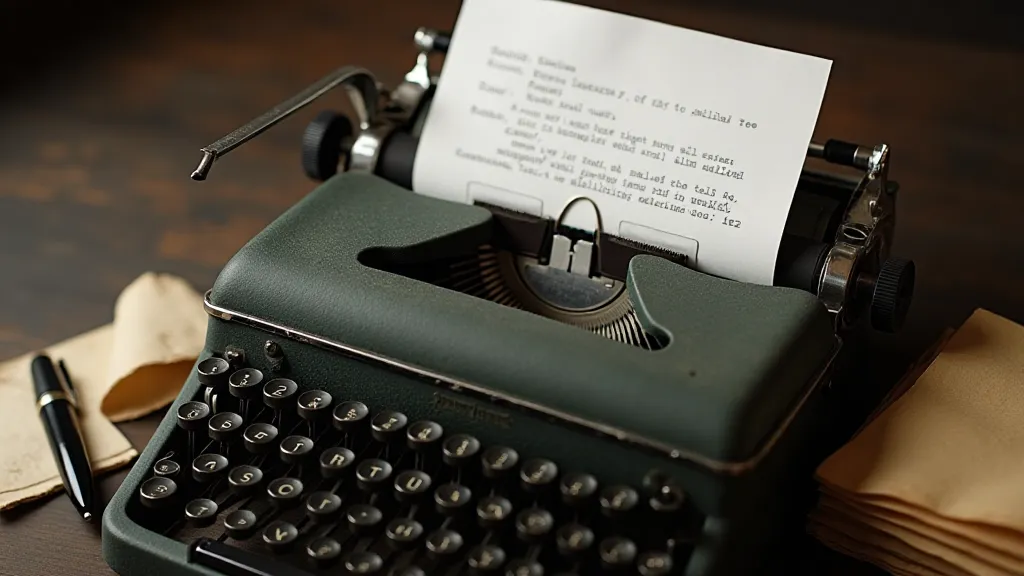
The Legacy of Lost Stories
It's humbling to imagine the untold stories held within these machines. What documents were drafted? What correspondence was exchanged? What creative works were born? Many typewriters have vanished, their histories lost to time, leaving behind a poignant silence. We can only speculate about the lives they touched and the narratives they helped shape. These silent witnesses, once central to bustling offices and cozy homes, now reside in collections, workshops, and the occasional attic, each holding a potential chronicle of a bygone era. The idea that each machine has a story to tell—a narrative that may never be fully revealed—is a recurring theme in discussions about the typewriter’s broader cultural significance.
Restoration, Collection, and the Enduring Appeal
For those drawn to the allure of vintage typewriters, collecting and restoration offer unique avenues of engagement. Restoring a neglected machine is a rewarding process, requiring patience, mechanical aptitude, and a respect for the original design. It’s a chance to breathe new life into a forgotten artifact, to uncover the beauty that lies beneath layers of dust and neglect. Many online communities offer invaluable resources, sharing tips and techniques for repair and maintenance. Even a basic understanding of typewriter mechanics can transform a frustrating relic into a working piece of history.
The collecting world is equally vibrant. From rare and highly sought-after models to more common, everyday machines, there’s a typewriter to suit every taste and budget. The thrill of the hunt, the joy of discovering a hidden gem – these are the rewards that draw collectors to the hobby. More than just objects of admiration, these machines evoke a sense of nostalgia and connection to a time when technology felt more human, more deliberate. The clatter isn’t just a sound; it’s a reminder of a different pace of life, a time when communication felt more personal, more meaningful.
The unique qualities of these machines extend beyond their mechanical intricacies. There's a palpable sense of permanence associated with typewritten documents, a stark contrast to the ephemeral nature of digital communication. The physical act of pressing a key, the clear impression left on the page, creates a tangible record of thought and action. This permanence fosters a different kind of consideration and intentionality in the writing process.
The revival of interest in typewriters is not merely a nostalgic trend; it reflects a deeper yearning for authenticity and connection in an increasingly digital world. It's a rejection of the superficiality of fleeting online interactions and a return to the tangible, the deliberate, and the meaningful.
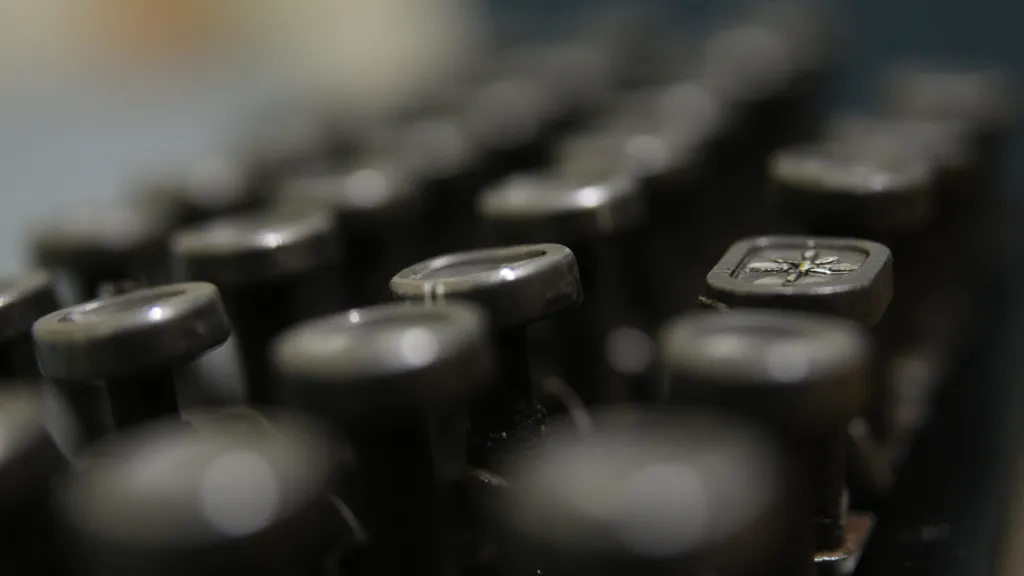
As digital technology continues to evolve at a dizzying pace, the appeal of vintage typewriters endures. They offer a respite from the constant barrage of notifications and the fleeting nature of online communication. They remind us that there's a beauty in physicality, a power in permanence, a connection to the past that transcends the ephemeral world of the digital realm. The ghosts of letters linger on, whispering stories of ambition, creativity, and the enduring human need to communicate.
